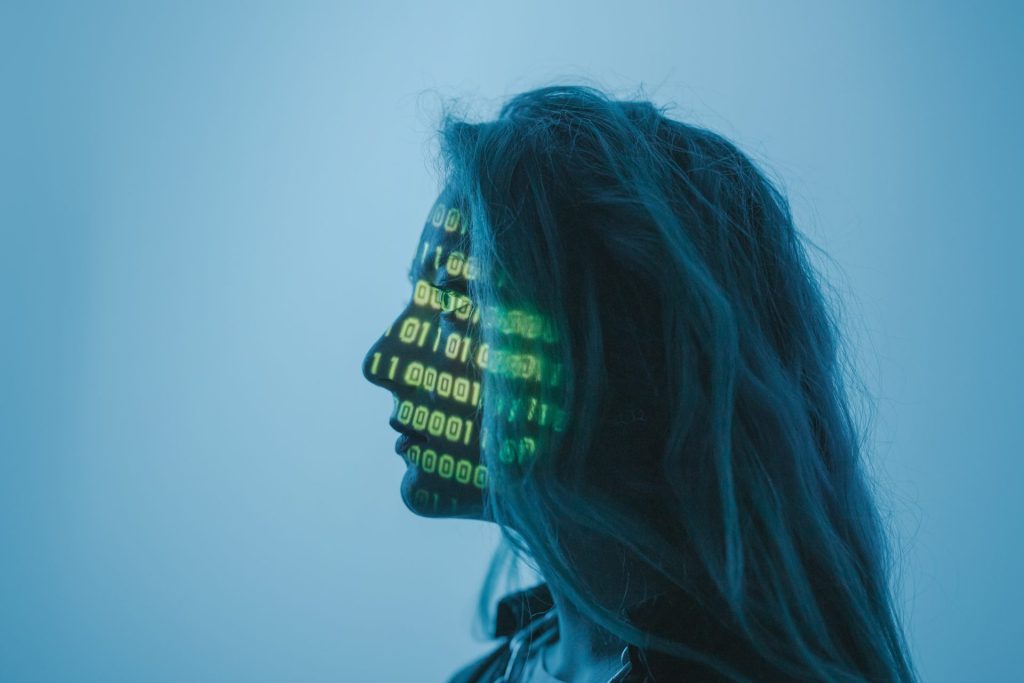Hot on the heels of fake news, deep fakes have become a topic of significant discussion and concern in the digital world. These AI-generated content pieces, which can convincingly impersonate individuals through the likes of images, videos, and audio manipulations, have raised ethical concerns and highlighted some issues we might have to face in the future.
Besides fake images and other media types, some studies suggest that deep fakes can do much more harm than we think. In an article, ExpressVPN discussed how a phenomenon known as the Mandela Effect could go so far as to alter our perception and recollection of reality.
Inspired by Nelson Mandela, the term came after many believed he had died in prison in the 1980s. In truth, they released Mandela from prison in the 1990s, and he became the president of South Africa. He only passed on in 2013.
The Power of Deep Fake Technologies
Recently, AI-generated photos of former U.S. President Donald Trump in orange prison attire made rounds online. These photos released before the results of his indictment hearing. Given the time they were released, some internet users may have thought that these images were authentic. They also potentially thought that Trump had been sentenced before anything official was announced.
Deep fake technology has evolved rapidly in recent years. This attributes mainly to advancements in machine learning algorithms and increased accessibility to large datasets. By leveraging deep learning techniques, AI models can generate eerily realistic content. This makes it increasingly difficult for individuals to discern between real and fake media. Deep fakes’ initial purpose was entertainment and creative expression. Yet, the technology has also led to the proliferation of malicious content. This includes identity theft, misinformation, and revenge porn.
In 2021, the MIT Technology Review ran an article documenting how deep fake porn has the potential to damage the lives of people. This is because the laws surrounding the creation and use of deep fake imagery are not as straightforward or cohesive.
The power of deep fakes to deceive and manipulate public opinion has raised serious ethical concerns. As AI-generated content becomes more sophisticated, it becomes easier for malicious actors to use deep fakes to spread misinformation, discredit individuals, and undermine trust in media. These issues have led to calls for stricter regulations and the development of AI-driven deep fake detection technology to counteract the negative impacts of them on society.
However, despite their potential for misuse, deep fakes can also be harnessed for positive applications across various industries. Plus, they will likely continue to exist and develop as the world advances in technology. Below, we look at some ways to use deep fake and AI-generated content to create positive changes.
Positive Uses of This Content
Deep fakes have the potential to revolutionize the film and gaming industries. They allow creators to generate lifelike characters and scenes without the need for expensive special effects or large-scale productions. This could significantly improve the gaming experience and hasten the release of games.
AI-generated content can be used to create realistic simulations and immersive experiences. The Metaverse, for one, is an excellent example of how AI and other advancements in technology can create immersive worlds that have the potential to change the way we operate in the future.
Besides creating exciting new worlds, artists and visual designers can use deep fake technology to develop innovative and unique types of art. As it stands, multiple AI-based artists have already created interesting photo projects and 3D or animated art.
Deep fake technology can be applied to develop realistic voice recordings. Most recently, singer Grimes has mentioned that she will allow people to use her voice in AI-generated songs. It’s not entirely sure if people will, in fact, create content out of her voice. Yet, it’ll be interesting to see how this might change the future of music. Plus, how artists interact with their fans moving forward.
Before we can harness the potential of AI-generated content, though, we need to strike a balance between innovation and regulation. Developing ethical guidelines, implementing robust verification methods, and promoting transparency in creating and distributing deep fake content is crucial. This way, we can ensure that AI-generated content serves as a tool for empowerment and progress. As opposed to it becoming a weapon for manipulation and deceit.
Deep fakes and AI-generated content have undoubtedly opened up a new world of possibilities across various industries. While their potential for misuse cannot be ignored, there is a wealth of untapped potential for the technology to be employed in positive, innovative ways. By fostering responsible innovation and implementing appropriate safeguards, we can leverage the power of this content to benefit society and promote progress in the digital age.




























